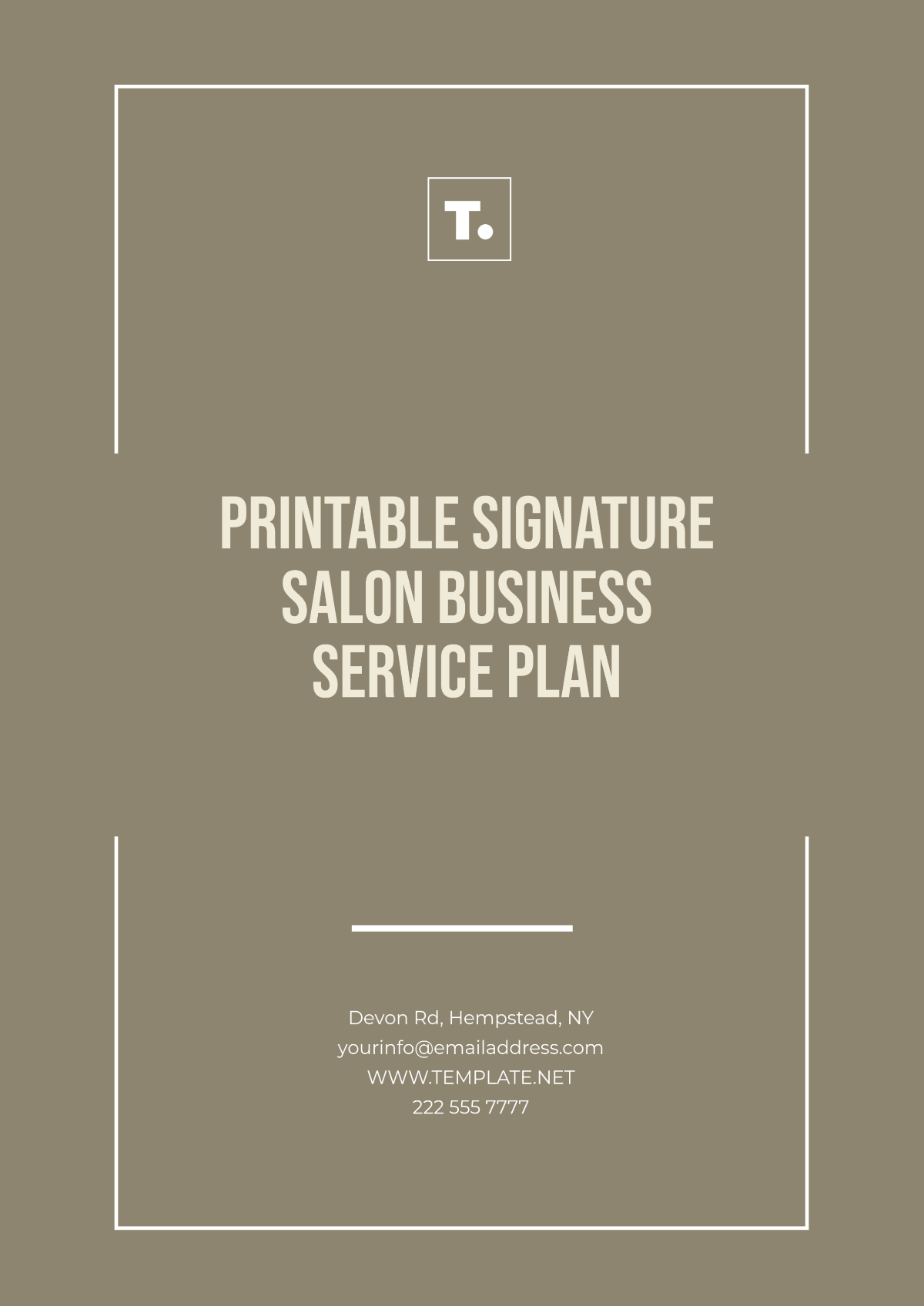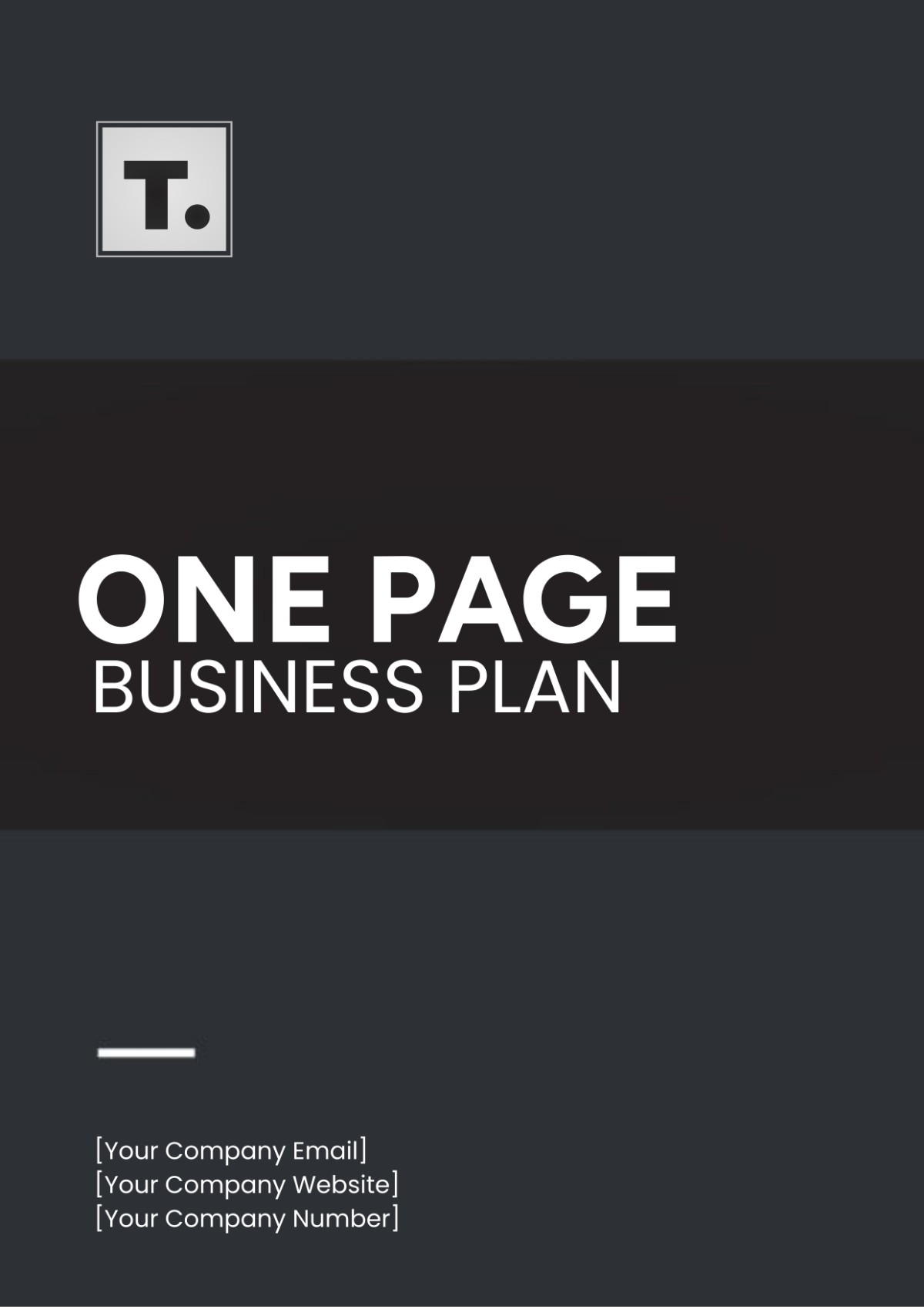Sales Business Plan Based On Predictive Analysis
I. Executive Summary
[Your Company Name] stands on the brink of a significant transformation in its sales strategy, powered by the strategic application of predictive analysis. Our goal is clear and ambitious: we aim to drive a 20% growth in sales revenue. This growth is not just about increasing numbers; it’s about solidifying our presence in the technology solutions industry, a sector that is as challenging as it is rewarding.
To achieve this, we are turning to data-driven insights. These insights, gleaned from careful analysis and interpretation of our data, will be the guiding force behind our sales processes. We intend to optimize every aspect of these processes, from lead generation to closing deals. But our vision goes beyond process optimization. We aim to enhance customer engagement, creating relationships that are not just profitable, but also sustainable. In a dynamic market where competition is fierce, we believe that our commitment to data-driven decision making will secure us a competitive advantage.
II. Data Collection And Analysis
To drive our sales strategies with data-driven insights, we will collect and analyze data from various sources, as outlined in the table below. This comprehensive data collection approach will provide us with the foundation for predictive analysis and informed decision-making.
Data Source | Types Of Data To Collect |
CRM System |
|
The data collected will be processed and integrated into our predictive analysis tools, allowing us to generate insights that inform our sales strategies and decision-making processes. The accuracy and completeness of our data are paramount, and we will implement quality control measures to ensure data integrity.
III. Predictive Modeling
We recognize the immense potential of predictive modeling as the foundation of our sales strategy. Our predictive modeling efforts will combine cutting-edge machine learning algorithms, historical sales data, customer behavior analysis, and real-time market insights to create a dynamic and adaptive forecasting engine.
A. Key Elements Of Our Predictive Modeling Strategy
Dynamic Forecasting: Our predictive models will adapt to changing market dynamics and customer preferences. By leveraging historical data, current trends, and external factors, our forecasting engine will provide real-time insights, allowing us to stay ahead of the competition.
Customer Segmentation: We will implement predictive modeling techniques to segment our customer base with precision. This segmentation will enable us to tailor our marketing and sales efforts to the specific needs and preferences of each segment, resulting in more personalized and effective interactions.
Predictive Lead Scoring: Our predictive models will assign lead scores based on a multitude of factors, including lead source, behavior, and engagement. This dynamic lead scoring system will leverage our sales team to prioritize efforts on leads with the highest propensity to convert, leading to more efficient resource allocation.
Product Recommendations: By analyzing past purchasing behavior and browsing history, we will provide personalized product recommendations to our customers. These recommendations will not only enhance the customer experience but also increase upselling and cross-selling opportunities.
Market Demand Forecasting: Our predictive models will project market demand for our products and services. This insight will inform production and inventory decisions, ensuring that we can meet customer demand while minimizing excess inventory.
Risk Assessment: Our predictive modeling will also include risk assessment components, helping us identify potential challenges and mitigate their impact. By considering economic indicators, competitor moves, and other external factors, we can proactively address potential obstacles to our sales goals.
Our predictive modeling is a dynamic and adaptive system that guides our sales efforts. It empowers us to make data-driven decisions, respond to changing market conditions, and engage with our customers in a more personalized and effective manner. Through predictive modeling, [Your Company Name] aims to set new standards of excellence in the technology solutions industry.
IV. Sales Objectives And Targets
We have established clear and measurable sales objectives for the fiscal year 2050 to guide our efforts and assess our progress. These objectives are based on our predictive analysis and market insights, and they are designed to drive our growth and success. The following table outlines our key sales objectives and the associated targets:
Sales Objective | Target For 2050 |
Achieve Revenue Growth | 20% Increase |
Increase Average Deal Size | 15% Growth |
Expand Market Reach | Acquire 50 New Corporate Clients |
A. Objective 1: Achieve Revenue Growth
Our primary objective is to achieve a 20% year-over-year increase in sales revenue. We will utilize predictive analysis to identify opportunities and optimize our sales strategies for maximum impact.
B. Objective 2: Increase Average Deal Size
To boost profitability, we aim to increase the average deal size by 15%. Our predictive analysis will help identify cross-selling and upselling opportunities, allowing us to maximize the value of each customer relationship.
C. Objective 3: Expand Market Reach
Expanding our market reach is a strategic goal for us. We plan to acquire a minimum of 50 new corporate clients during the fiscal year. Predictive analysis will guide our lead generation and prospect targeting efforts to achieve this objective.
These objectives will serve as our guiding principles throughout the year, and we will continuously monitor and adapt our strategies based on predictive insights to ensure their achievement.
V. Segmentation And Targeting
Segmentation and targeting are the core of our predictive analysis-driven sales plan. By gaining a deeper understanding of our diverse customer base, we can tailor our strategies to meet their specific needs and preferences. Our approach to segmentation and targeting will involve the following key elements:
A. Customer Segmentation
We will categorize our customer base into distinct segments based on a combination of factors, including demographic information, past purchase behavior, industry, and pain points. This granular segmentation will allow us to create highly relevant and personalized messaging for each segment.
B. Predictive Persona Development
Leveraging predictive modeling, we will go beyond traditional buyer personas. Our predictive personas will be dynamic and constantly updated based on real-time data, ensuring that our understanding of customers remains current and precise.
C. Predictive Lead Scoring
To identify and prioritize prospects with the highest conversion potential, we will implement a predictive lead scoring system. This system will consider factors such as engagement with our content, website behavior, and historical purchase patterns, providing our sales team with a ranked list of leads to focus their efforts on.
D. Personalized Marketing Campaigns
Tailored marketing campaigns will be crafted for each customer segment, ensuring that the messaging, content, and offers resonate with the specific needs and preferences of that segment. This approach aims to increase engagement and conversion rates significantly.
E. Cross-Selling And Upselling Opportunities
Our predictive analysis will not only identify potential new customers but also uncover opportunities for cross-selling and upselling to our existing client base. By recommending complementary products or services based on past behavior, we aim to increase the average deal size by [15%].
F. Customer Journey Mapping
We will map out the customer journey for each segment to pinpoint pain points and opportunities for improvement. This information will guide us in providing a seamless and satisfying experience at every touchpoint, increasing customer satisfaction and loyalty.
G. Personalization At Scale
Automation and AI will be deployed to deliver personalized experiences at scale. Our technology stack will enable us to dynamically adjust content and offers in real-time as customers interact with our digital assets.
VI. Sales Strategies
The company has developed a comprehensive set of data-driven sales strategies. These strategies are meticulously designed to capitalize on predictive analysis insights and provide a personalized experience to our prospects and clients. Below is a table summarizing our key sales strategies and their respective components:
Strategy | Target Audience | Description |
Personalized Marketing Campaigns | Segmented Prospects | Create highly targeted marketing campaigns based on predictive insights. Tailor messaging, content, and timing to address specific customer needs and pain points. |
VII. Lead Scoring and Sales Funnel Optimization
A. Lead Scoring
Develop a lead scoring system to categorize prospects based on their potential to convert into customers. This system will assign numerical values to leads, reflecting their likelihood of making a purchase. Higher scores will indicate leads with a greater probability of conversion, allowing our sales team to focus their efforts where they are most likely to yield results.
B. Sales Funnel Optimization
Optimize our sales funnel by using predictive analysis to identify and address bottlenecks in the customer journey. The goal is to increase conversion rates by 10% through data-driven improvements at each stage of the funnel.
VIII. Sales Forecasting and Monitoring
A. Sales Forecasting
[Your Company Name] will utilize cutting-edge predictive modeling to generate precise short-term (quarterly) and long-term (annual) sales forecasts. These forecasts will serve as our compass for resource allocation, goal setting, and decision-making. We will continuously refine and adjust our forecasts in real-time to remain aligned with dynamic market conditions.
B. Monitoring
Continuously track key performance indicators (KPIs) to gauge the plan's success. This includes regular assessments of conversion rates, deal sizes, customer retention, and marketing campaign ROI. Establish a feedback loop to promptly adjust strategies and tactics based on real-time predictive insights.
IX. Risk Assessment
Identifying and mitigating potential risks is crucial to the success of our predictive analysis-based sales plan. We've categorized risks into two main areas:
A. Market Risks
Economic Downturn: A recession or economic instability may impact customer spending. We will closely monitor economic indicators and adapt our strategies if necessary.
Competitive Shifts: Rapid changes in the competitive landscape could affect our market positioning. We will keep a watchful eye on competitors and be prepared to adjust our value proposition.
Regulatory Changes: New regulations can impact our industry. We will stay informed and ensure compliance while proactively adapting to new requirements.
B. Data And Technology Risks
Data Security: Safeguarding customer data is paramount. We will continuously enhance our cybersecurity measures to protect sensitive information.
Technology Failures: Technical issues or system outages may disrupt our operations. We will implement robust backup systems and disaster recovery plans.
Model Accuracy: Predictive models may not always be 100% accurate. We'll continuously validate and refine our models to reduce prediction errors.
X. Contingency Plans
In the event of unforeseen challenges or market fluctuations, [Your Company Name] will maintain a flexible approach, ready to respond effectively. Contingency plans will include:
Rapid resource reallocation to address shifting priorities or emerging opportunities.
Scenario analysis to adapt strategies based on changing market dynamics.
Continuous monitoring of external factors that may impact sales performance.
Regular review and adjustment of our business plan to ensure resilience and adaptability.
These contingency measures will ensure that [Your Company Name] remains agile and capable of navigating unforeseen obstacles while staying on course to achieve its sales objectives.
XI. Conclusion
At [Your Company Name], we are positioning ourselves to rise as a frontrunner in the sales industry, leveraging the power of predictive analysis. Our innovative and unique approach brings together advanced technological resources as well as a comprehensive understanding of the intricate dynamics that govern the marketplace. This balanced blend of technology and insights becomes a compelling tool for businesses, enabling them to drive forward their sales and expansion initiatives. Through our assistance, businesses can look forward to a robust augmentation in their growth trajectory, marking them as leaders in their respective sectors. Our dedication, along with our cutting-edge solutions, is set to redefine the conventional norms of the sales industry.

















































